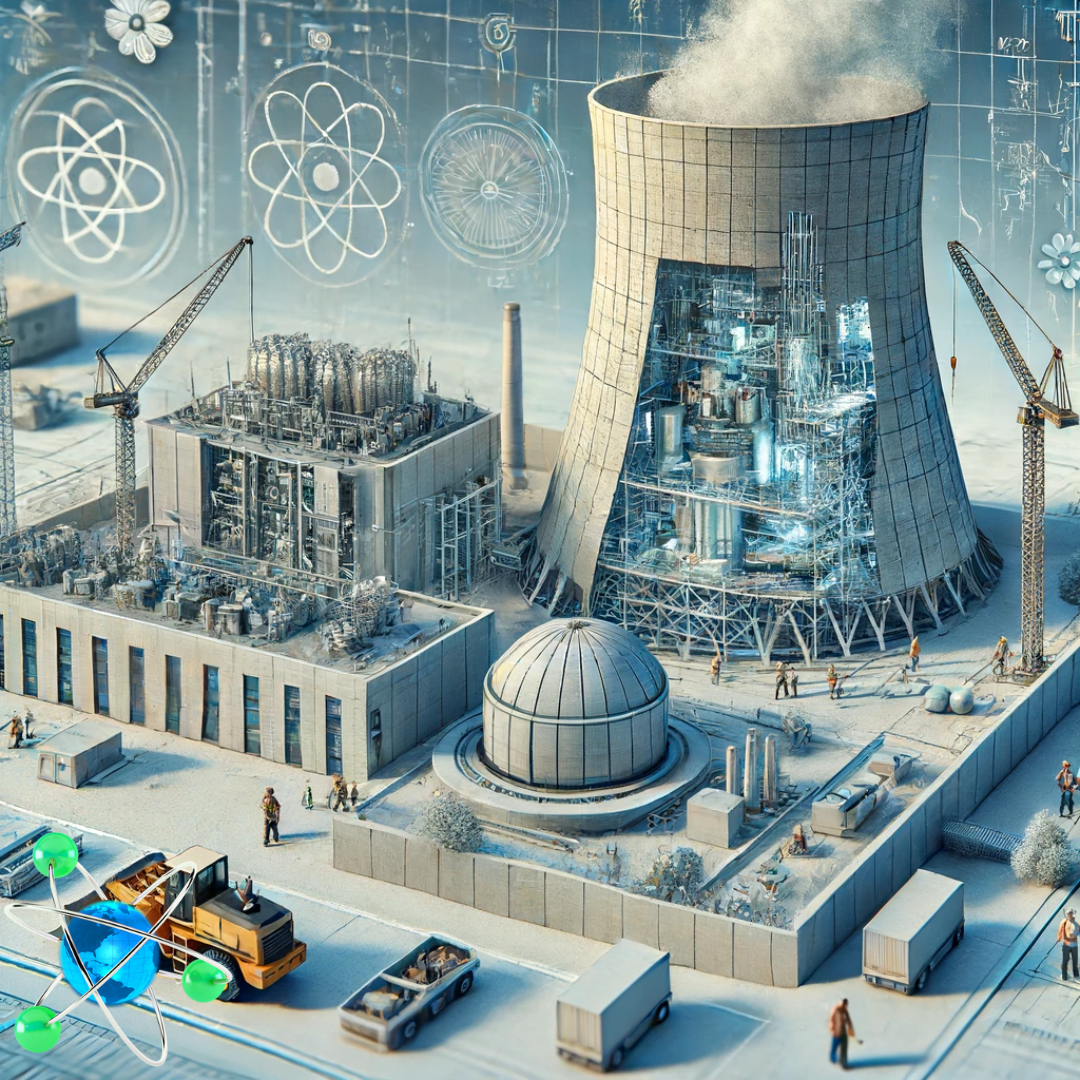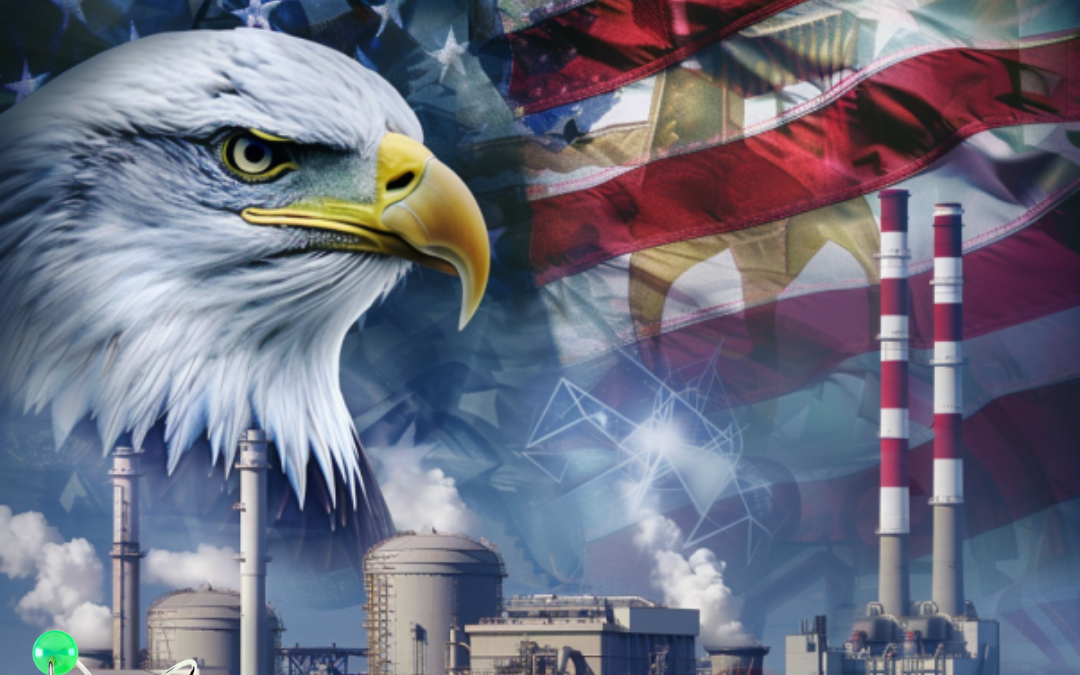
- The U.S. aims to triple its nuclear capacity by 2050, supported by new technologies and government advocacy, amid global shifts towards clean energy and changing military strategies.
- The current U.S. nuclear fleet consists of 95 reactors, many over 40 years old, with rising construction costs and timelines driving interest in small modular reactors (SMRs) and advanced reactors (ARs).
- Nuclear energy enjoys bipartisan support, seen in new climate laws and commercial deals like Amazon’s nuclear-powered data center, with increasing uranium demand and the potential for nuclear to replace coal plants.
As countries worldwide transition to clean energy sources, nuclear power is rapidly becoming a viable and popular option. Geopolitical differences and conflicts also entail shifts in military strategies and power sources. U.S. Energy Secretary Jennifer Granholm recently advocated for tripling the U.S. nuclear capacity by 2050, while the White House also announced firm support for researching new technologies and developments.
Current U.S. Nuclear Power
According to the U.S. Energy Information Administration (EIA), the United States currently operates 95 nuclear reactors spanning 28 states, contributing 20% of all U.S. electricity. However, the average age of these reactors is more than 40 years, indicating that many are nearing the end of their lifetimes. 22 of these reactors are undergoing decommissioning, a process occurring after retirement from commercial service. Despite advancements in technology, construction costs and timelines are soaring. According to E&E, the most recent power plants, the Vogtle Units in Georgia, were seven years behind schedule and $21 billion over the original $14 billion budget. In light of this, alternatives such as small modular reactors (SMRs) and advanced reactors (ARs) are gaining popularity and support from government officials.
Progress Made
Many power plants are applying for license renewals and lifetime extensions to meet nuclear energy expectations. A report published by Citi Research indicates that uranium demand will increase by 3 million pounds by 2030, 13 million pounds in 2040, and 17 million pounds in 2050, and this does not even account for new reactors potentially being built. In addition, the Department of Energy strongly encourages converting coal plants to nuclear ones to produce atomic energy, in line with U.S. policies to phase out coal consumption in favor of renewable energy sources. Although in the early stages of research and development, SMRs are expected to play a key role, despite the technological complexity, supply chain constraints, and excessive costs. Citi research indicates that cost estimates for multiple SMR projects have increased by more than 70% owing to inflationary pressures and evolving designs.
Other Considerations
Despite other topics that are often politicized, especially in an election year, nuclear energy has broad bipartisan support. In fact, in early June, Vermont politicians on both sides of the aisle signed the first climate change bill into law that penalized corporations that emitted fossil fuels into the atmosphere. This, combined with administration support, bodes well for nuclear energy’s future, as it is needed to power data centers and potential space exploration efforts. For example, Amazon recently signed a deal to acquire a nuclear-powered data center from Talen in Pennsylvania to improve cloud service. Nuclear power plants already have the highest capacity factor out of all renewable energy sources, and additional demand may raise this even further.

